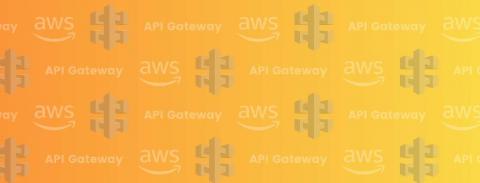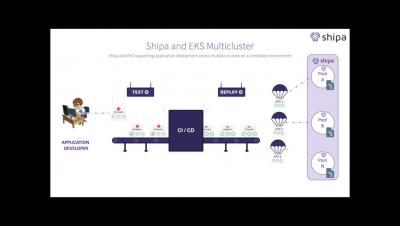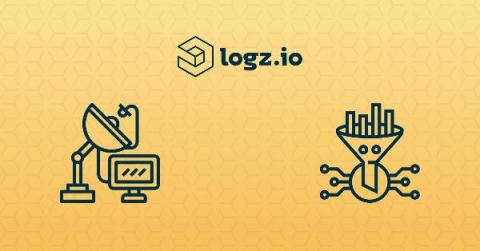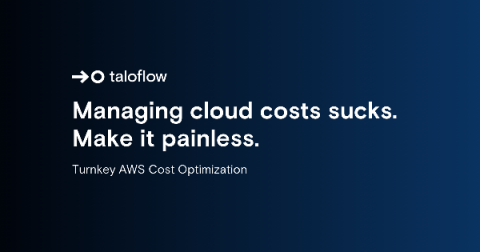Operations | Monitoring | ITSM | DevOps | Cloud
DevOps
The latest News and Information on DevOps, CI/CD, Automation and related technologies.
Top 4 must-monitor API Gateway metrics
Marc Andreessen famously said, “Software is eating the world.” Dr. Steve Willmott subsequently retorted, “APIs are eating software.” This is because API based architectures are enabling companies to get away from monolithic architectures and move to microservices. Innovative, disruptive companies like Netflix, Airbnb, Uber, Square, and Slack all build their infrastructure and technology using APIs.
Deploying applications across multiple clusters with Shipa and EKS
From OpenVPN to Pritunl VPN: The transition
Usually, organizations use an internal network to prevent unauthorized people from connecting to their private network. By using their own network infrastructure and connectivity, they can maintain their desirable level of security for their data. But it would be convenient for users to connect to that private network while they are away from the office through their own internet connection.
CI/CD: What is continuous delivery?
In the first article, we talked about CI or Continuous Integration. This post looks at the second half of the CI/CD acronym, Continuous Delivery. Continuous delivery takes the build originating in the CI process and puts it into an acceptance environment for further evaluation before promoting the code to production (the released version). To back up a moment, CI is the planning, coding, testing, and building of software in a rapidly repeating process.
Reduce Monitoring Costs: How to Identify and Filter Unneeded Telemetry Data
To understand what’s going on in their environment, DevOps teams usually ship some combination of logs, metrics and traces—depending on which signals they’re hoping to monitor. Each data type will expose different information about what is happening in a system. However, not all of that information will be helpful on a day-to-day basis, which can rack up unnecessary data storage costs. That should require users start to filter telemetry data across their observability stacks.
Access commit data for each release with Sentry and Heroku
Heroku is a fully managed, container-based, cloud platform for deploying and running modern apps. Heroku takes an app-centric approach to software delivery and integrates with today’s most popular developer tools and workflows. One of today’s (and yesterday’s and tomorrow’s) most popular developer tools is Sentry.
Moving AWS Glue jobs to ECS on AWS Fargate led to 60% net savings
Last month, our team published a blog post titled How we reduced the AWS costs of our streaming data pipeline by 67%, which went viral on HackerNews (Top 5). Clearly, developers are hungry to learn about new AWS cost-saving strategies. We’ve had a lot of questions about AWS cost optimization stemming from the original post. However, this question from Carl at Klarna inspired us to write another post. So without further delay, here’s how we approached the problem and made the switch.
Updated Puppet GPG signing key, 2020 edition
Editor's note: This change to the GPG signing key affects both Puppet Enterprise users and open source Puppet users. If you're using Puppet Enterprise, you'll be getting the new key in an upcoming release, or if you manually update your version of puppet-agent, you'll get it then. Thanks to Morgan Rhodes (@KnittyNerd) for all the technical details for this blog post.
Tagging 101: Basics & How to Implement a Comprehensive AWS Tagging Strategy
As cloud environments grow and evolve more rapidly than ever, and with new cloud services emerging every day, achieving and maintaining a high level of organization across hundreds of resources and global teams can seem like a daunting task. However, it’s not impossible, and can be done through tagging. This post will cover the fundamentals of tags, as well as a comprehensive roadmap to developing a tagging strategy.











